--
--



Now select the outer circle and move that down a bit, then switch to the Scale tool, and scale it in a bit, this will give it a nicer lip.
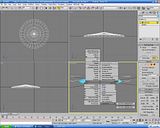
Go into the Drop down and select UVW Map, you'll get a rectangular plane, drag this down to the base of the shield:

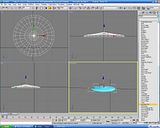

Now for the sword, the sword is much more complicated...because i added more detail, but its simple to make.
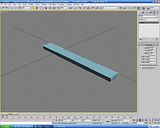
Then use the drop down menu and select "Edit Poly", this will allow you to move around vertices and such.
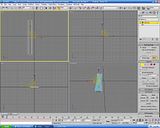
Now, on the side, select "Quick Slice" and make a cut right here:

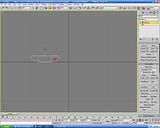
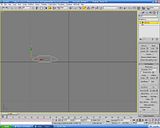
Your sword now has a sharp edge, don't worry so much about details, in game, you wont see them. You should now have something like this:
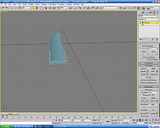
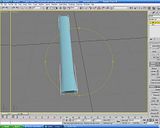
And, again with snaps, place all you verteces together to form a point, be sure to check all the angles, you might have missed one:

Drag a box around the tip, you should have several verteces there, click the "Weld" button, this combines them all into one vertex. Move this vertex to about the middle of the sword height, so it doesn't look like the tip is angled up. You should now have this:
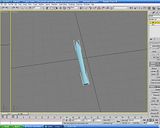
 )
)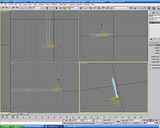

Clone this cylinder and place it in the other side:
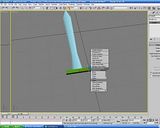
you should have something like this:
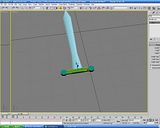
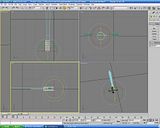
Edit it so that it has 6 sides, 1 height segments, and 1 cap segments. Drag a box around the upper half verteces and move them down to the level of the sword bar thing. Repeat with the bottom half. Scale the handle so that it fits nicely.
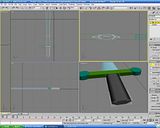
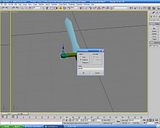
Here is your finished product:

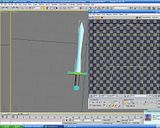
You've got some weird deformed thing, scale it into a shape like the sword blade, then drag it far from the center. This is because when you combine all the objects together to form the full sword, you'll have a mess of wireframe images, if you drag it away from the center however, they'll all be separated.
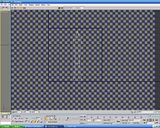
For the handle however, you'll need to edit the UVW map. When you click the "UVW Map" you'll notice that the plane isnt horizontal but vertical, right click on your handle and click "Gizmo" then rotate it 90 degrees and scale it so that it envelops the whole handle:


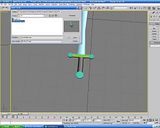
Changing Diplomatic Responses in RTW
RTW Basic Modeling Tutorial | Adding Projectiles to RTW
[This message has been edited by PrivateClark (edited 05-25-2008 @ 01:43 PM).]

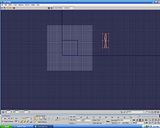
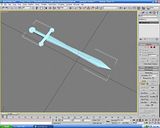
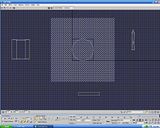
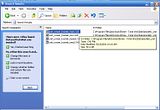
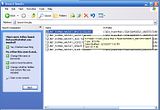

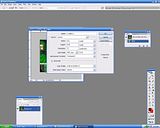
 . Now, Fill the background with gray and then drag and drop the hastati texture onto this new document and place it in the corner. DO NOT RESIZE IT.
. Now, Fill the background with gray and then drag and drop the hastati texture onto this new document and place it in the corner. DO NOT RESIZE IT. 

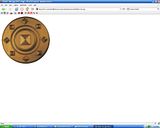

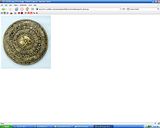



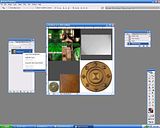


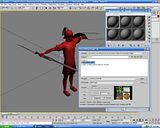


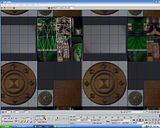

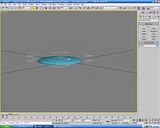

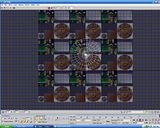

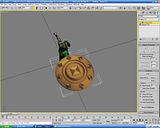


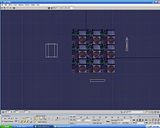
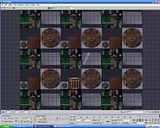
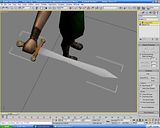
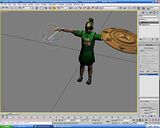
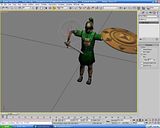
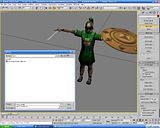
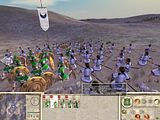

 What do you mean? Like a word document with the pictures already inside? or a .txt document with the pictures attached in the e-mail?
What do you mean? Like a word document with the pictures already inside? or a .txt document with the pictures attached in the e-mail?